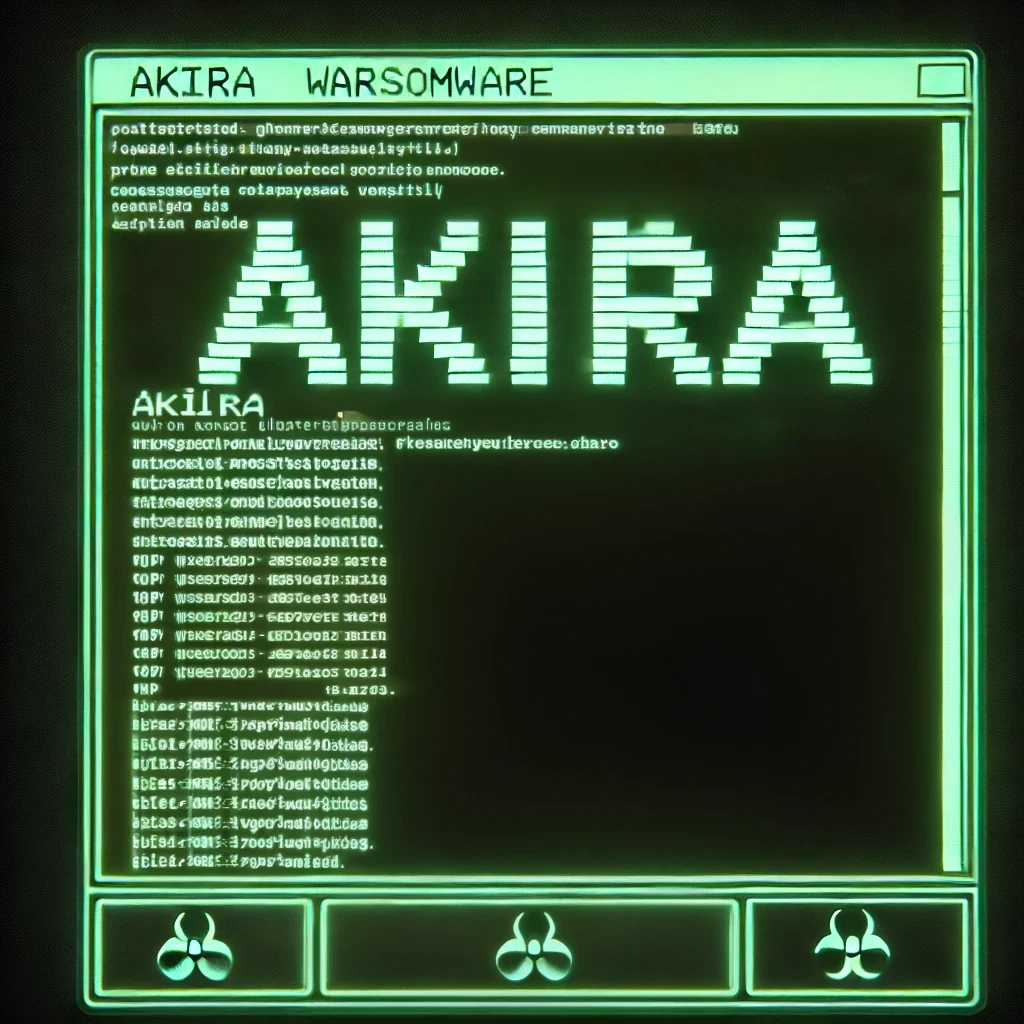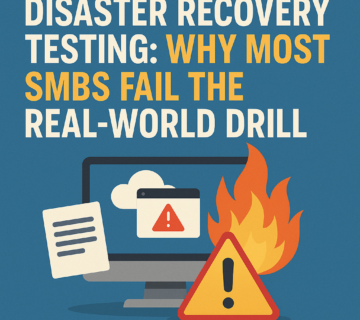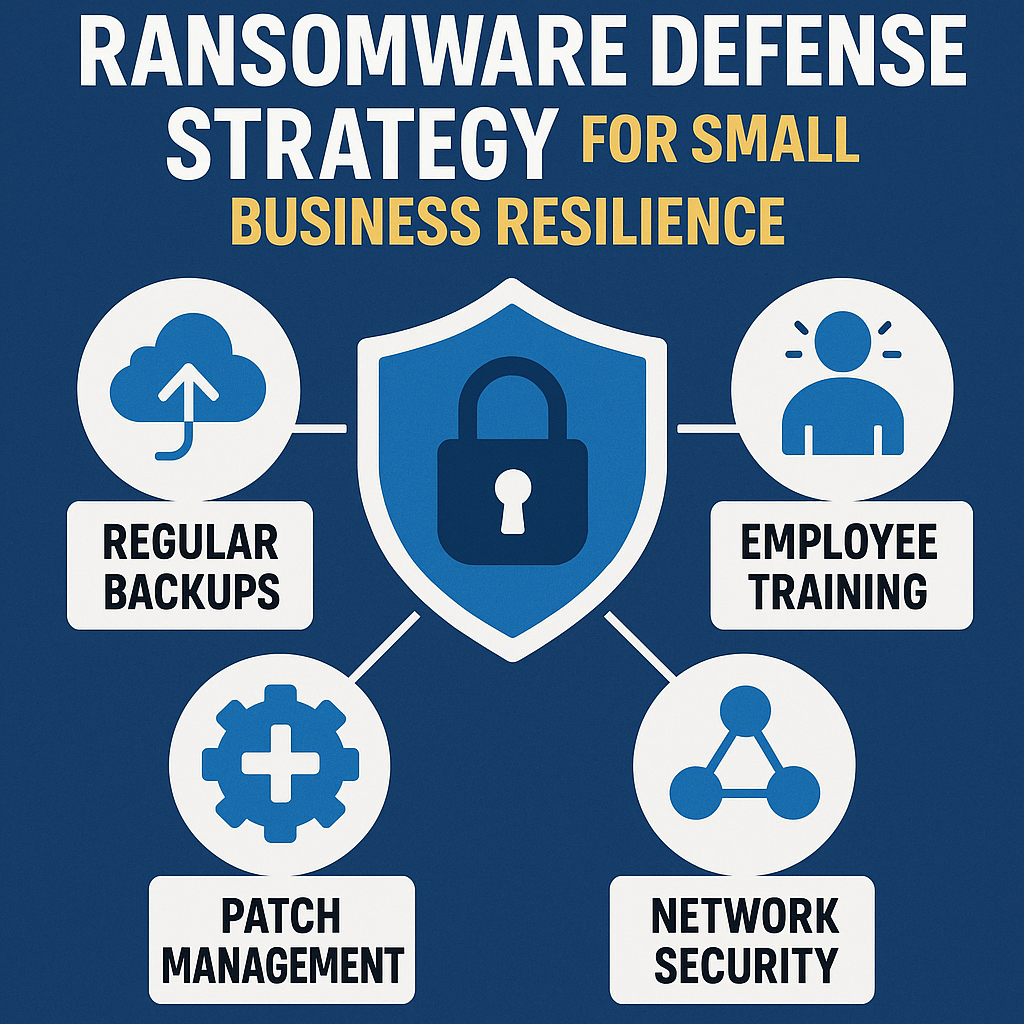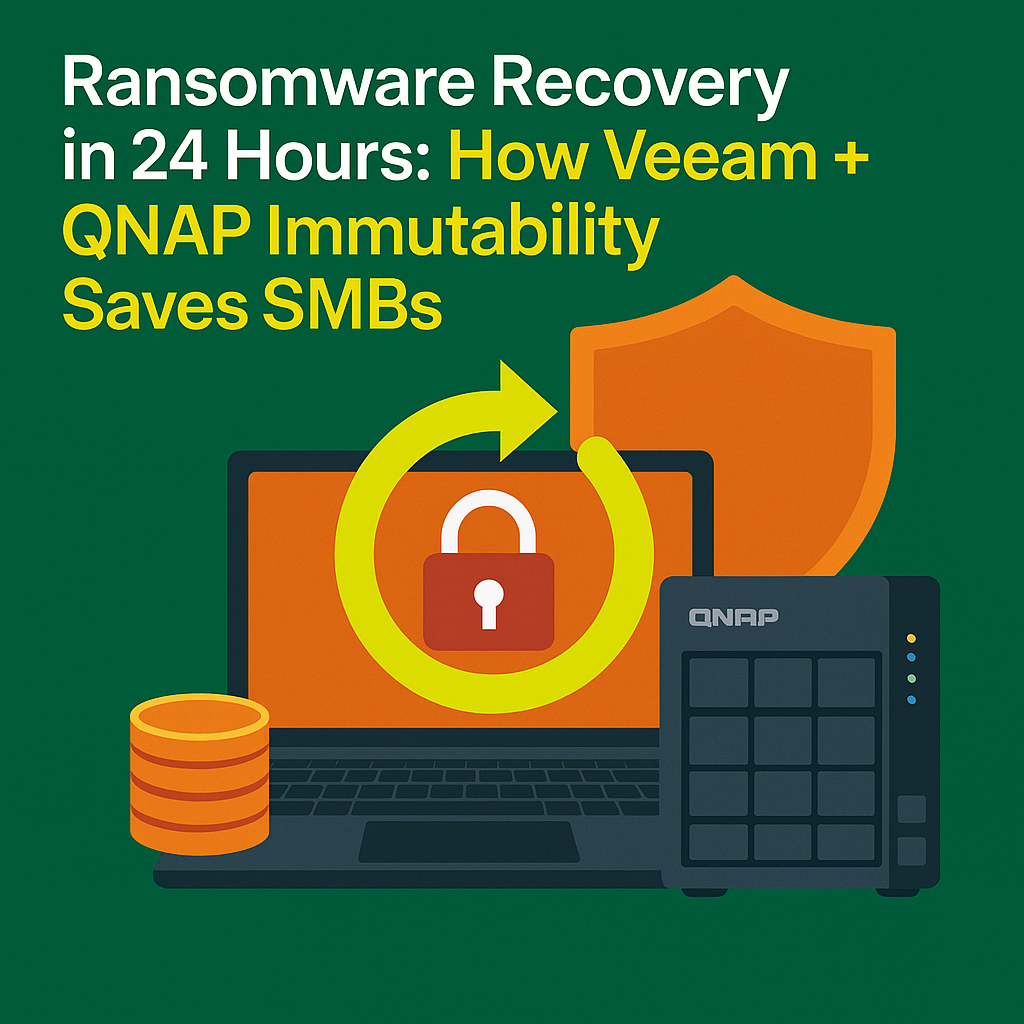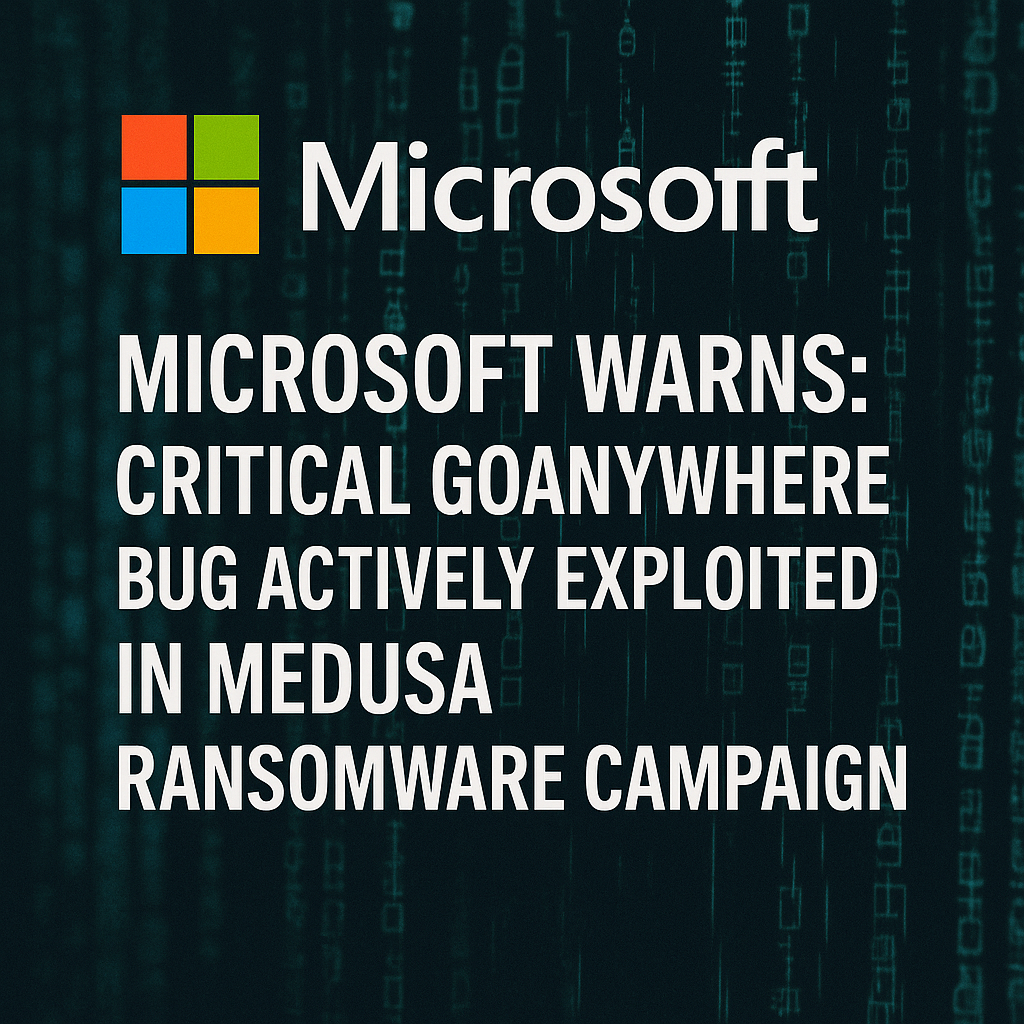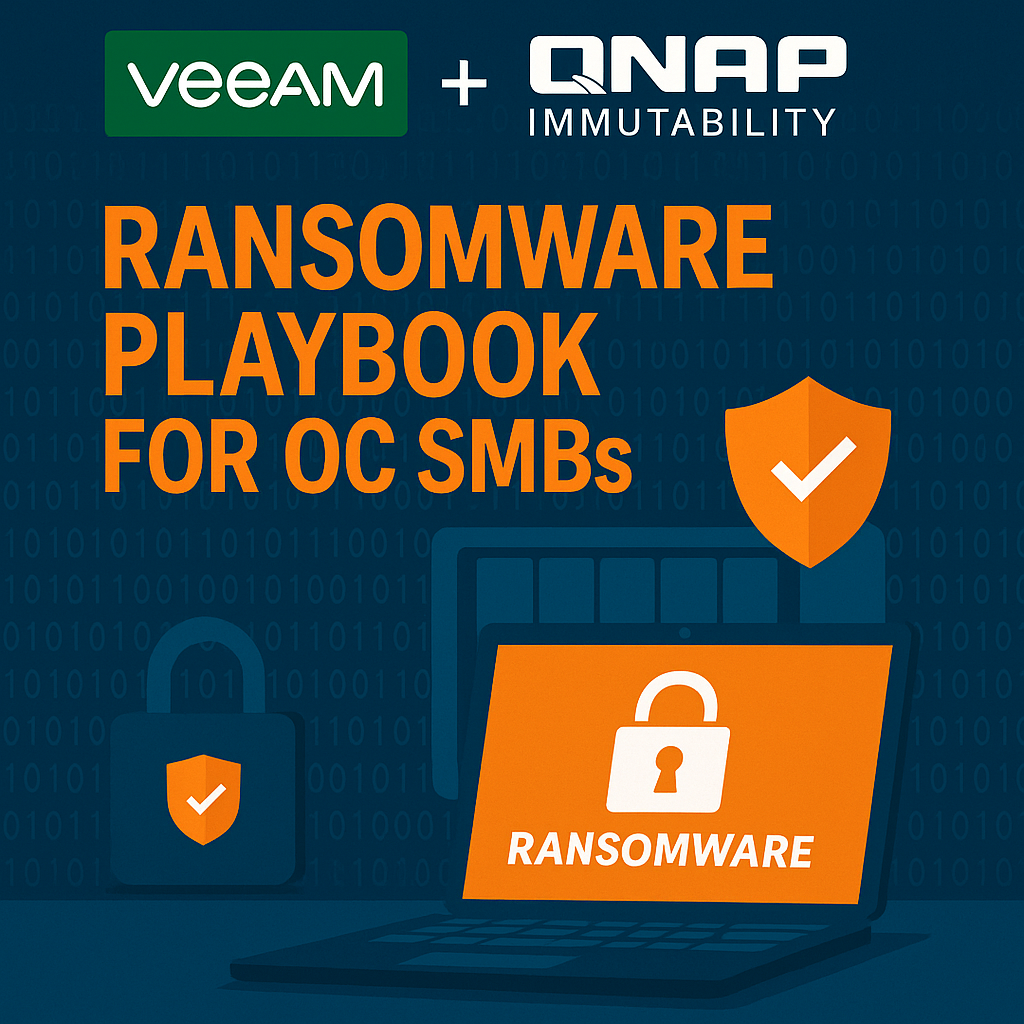Akira’s New Linux Ransomware Attacking VMware ESXi Servers – A Growing Cyber Threat
🎙️ Dive Deeper with Our Podcast!
Explore the latest Akira’s New Linux Ransomware Attacking VMware ESXi Servers – A Growing Cyber Threat Now with in-depth analysis.
👉 Listen to the Episode: https://technijian.com/podcast/akira-ransomware-targeting-vmware-esxi-servers/
Subscribe: Youtube | Spotify | Amazon
The Akira ransomware group, a known player in the Ransomware-as-a-Service (RaaS) space since March 2023, has escalated its operations by launching a new Linux-based variant targeting VMware ESXi servers. This shift marks a significant evolution in ransomware tactics, focusing on virtualized environments to maximize disruption.
Initially, Akira primarily targeted Windows systems using a C++-based encryptor. However, in April 2023, the group expanded its scope by developing a Linux encryptor specifically designed for VMware ESXi servers. This move reflects a broader trend among cybercriminals targeting enterprise infrastructure. By compromising an ESXi hypervisor, attackers can encrypt multiple virtual machines (VMs) simultaneously, increasing the overall impact of their attacks.
Understanding Akira Ransomware
What Is Akira Ransomware?
Akira ransomware is a malware strain used in cyber extortion campaigns, encrypting victims’ files and demanding ransom payments for decryption. The group operates under the Ransomware-as-a-Service (RaaS) model, meaning affiliates deploy the ransomware while the developers take a share of the profits.
Evolution of Akira Ransomware
- March 2023: Akira ransomware first detected, primarily targeting Windows systems.
- April 2023: Expansion to Linux environments, specifically VMware ESXi servers.
- 2024 Onwards: The group adopts sophisticated encryption techniques and exploits critical vulnerabilities.
This expansion signifies the group’s technical expertise and ability to adapt to evolving cybersecurity defenses.
Technical Details of Akira’s Linux Ransomware
New Linux Variant – Akira v2
The latest variant, known as Akira v2, is written in Rust, a programming language known for its speed, security, and difficulty to analyze. This makes it more challenging for security experts to reverse-engineer the malware.
Key Features of Akira v2
- Uses the “.akiranew” extension for encrypted files.
- Implements a hybrid encryption scheme combining the ChaCha20 stream cipher with RSA public-key cryptosystem, ensuring both speed and security.
- Encrypts critical system files, including .edb (Exchange database) and .vhd (virtual hard disk), potentially disrupting email services and virtualized environments.
How Akira Targets VMware ESXi Servers
Akira ransomware is designed to exploit VMware ESXi vulnerabilities, maximizing damage in virtualized infrastructures.
Key Exploits Used by Akira
- Authentication Bypass (CVE-2024-37085)
- Akira exploits this vulnerability to gain administrative access, often due to Active Directory misconfigurations.
- Log and Core Dump Disabling
- Uses commands like
esxcli system syslog config set --logdir=/tmpto disable logging. - Runs
esxcli system coredump file set --unconfigureto prevent forensic analysis.
- Uses commands like
- Manual Termination of Virtual Machines (VMs)
- Unlike other ransomware that automatically shuts down VMs, Akira allows attackers to terminate active VMs using commands like
stopvm, ensuring maximum disruption.
- Unlike other ransomware that automatically shuts down VMs, Akira allows attackers to terminate active VMs using commands like
Impact of Akira Ransomware Attacks
Who Are the Victims?
According to cybersecurity reports, Akira’s victims span across various industries, including:
- Manufacturing
- Education
- Financial services
- Critical infrastructure
The most affected countries include the United States, Canada, the United Kingdom, and Germany.
Financial & Data Loss
Since its emergence, Akira ransomware has reportedly compromised over 350 victims and extorted approximately $42 million USD as of April 2024.
Double Extortion Strategy
Akira ransomware employs a double-extortion model, where it:
- Exfiltrates sensitive data before encryption.
- Threatens to leak stolen data on its dark web leak site if the ransom is not paid.
This tactic increases the pressure on victims to pay, as they risk both data loss and reputational damage.
How to Protect Against Akira Ransomware
Organizations can take the following steps to reduce the risk of falling victim to Akira ransomware:
1. Patch Management
- Regularly update VMware ESXi and other critical software.
- Immediately apply patches for vulnerabilities like CVE-2024-37085.
2. Network Segmentation
- Isolate virtualized environments to prevent ransomware from spreading laterally.
- Restrict administrative privileges to essential personnel.
3. Endpoint Detection and Response (EDR)
- Deploy advanced EDR solutions capable of detecting suspicious activity.
- Monitor for behavioral anomalies associated with ransomware attacks.
4. Backup and Disaster Recovery
- Maintain offline or cloud-based backups with regular integrity checks.
- Implement rapid recovery solutions to minimize downtime in case of an attack.
5. Multi-Factor Authentication (MFA)
- Enforce MFA for all remote access points to prevent unauthorized access.
- Disable unused remote desktop protocols (RDP) to reduce attack vectors.
How Can Technijian Help?
At Technijian, we specialize in cybersecurity solutions that protect businesses from evolving ransomware threats like Akira. Our services include:
✅ Advanced Threat Detection & Response – We deploy AI-powered security solutions to detect and mitigate ransomware in real time.
✅ VMware Security Audits – Our experts assess your VMware ESXi environment to identify and patch vulnerabilities before attackers exploit them.
✅ Backup & Disaster Recovery Solutions – We implement secure backup strategies that ensure business continuity even in the event of a ransomware attack.
✅ 24/7 Security Monitoring & Incident Response – Our Security Operations Center (SOC) provides round-the-clock monitoring to detect threats before they escalate.
Don’t wait until you become a victim. Protect your VMware ESXi servers from Akira ransomware today!
The emergence of Akira’s Linux ransomware underscores the growing sophistication of cybercriminals targeting virtualized environments. With its ability to exploit vulnerabilities, disable security logs, and encrypt critical infrastructure, Akira poses a significant threat to organizations worldwide.
By implementing proactive cybersecurity measures, businesses can significantly reduce their risk and strengthen their defenses against ransomware attacks. Stay informed, stay secure!
🔒 Need expert help securing your VMware ESXi environment? Contact Technijian today!
Frequently Asked Questions
1. What is Akira ransomware?
Akira is a ransomware group active since March 2023, known for targeting both Windows and Linux systems, including VMware ESXi servers. They employ a double-extortion strategy, stealing sensitive data before encrypting files and demanding ransom payments.
2. How does Akira ransomware spread?
Akira ransomware spreads through various methods, including exploiting known vulnerabilities in systems, phishing attacks, and leveraging compromised credentials to gain unauthorized access to networks.
3. What makes the Linux variant of Akira particularly dangerous?
The Linux variant, Akira v2, is written in Rust, making it more challenging to analyze and detect. It specifically targets VMware ESXi servers, allowing attackers to encrypt multiple virtual machines simultaneously, thereby maximizing the attack’s impact.
4. How can organizations protect themselves from Akira ransomware?
Organizations can protect themselves by implementing robust cybersecurity measures, including:
-
Regularly applying security patches and updates.
-
Segmenting networks to limit the spread of malware.
